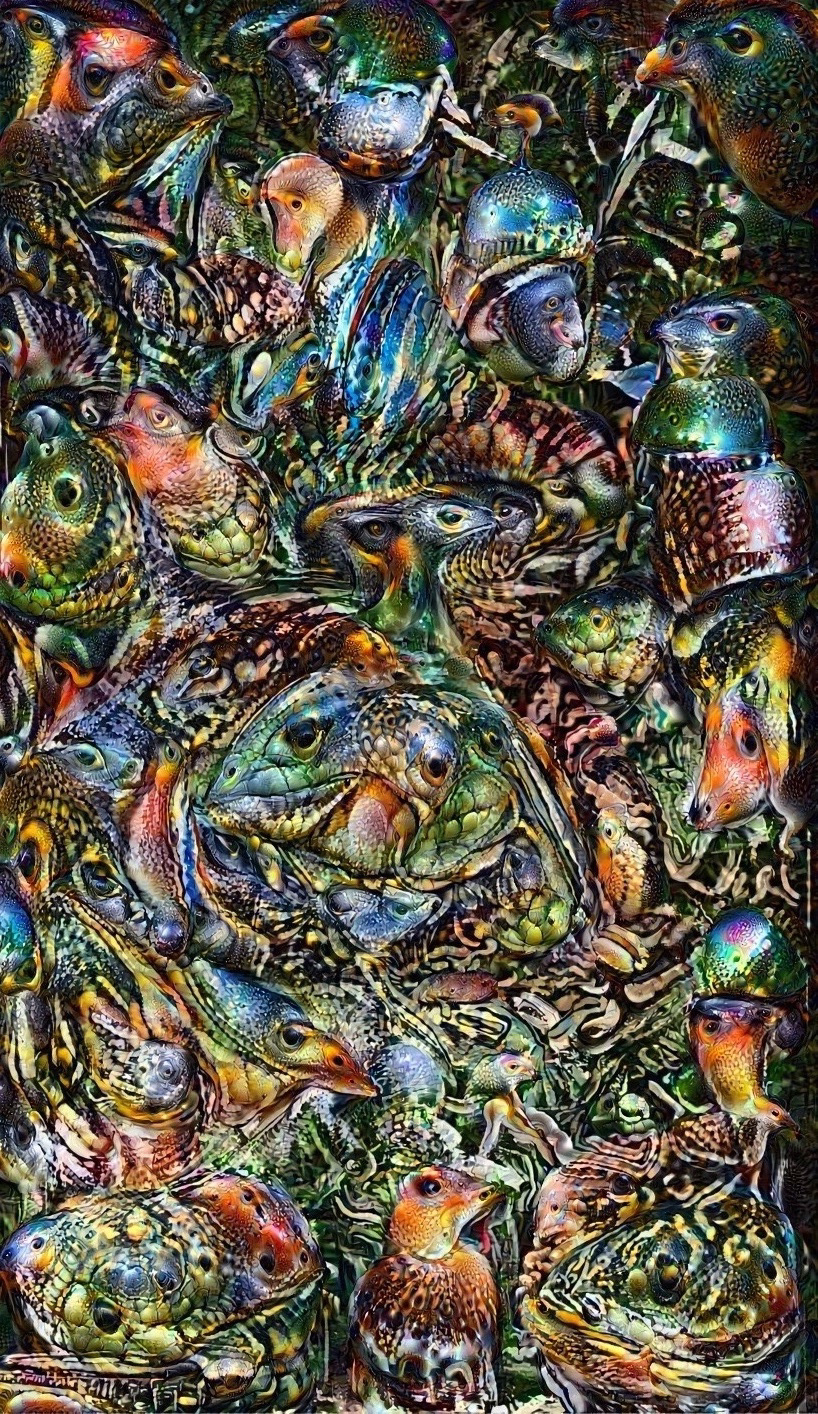Monkey Logic
2021
Acrylic on Stretched Canvas; Projection, Spray Paint on Foam Board
5' x 5', 5' x 5'
Created in collaboration with M.D-Ph.D. Carlos Ponce and PhD Candidate Binxu Wang of Ponce Neuroscience Lab.
Initially, I created an abstract painting that informed a community experiment. My painting process typically involves blocking colors over a black underlayer, eventually framing entities in my perception. Suspending this work at the initial step, I aimed to render a medium whose ambiguous look would foster rich visual interpretation.
My team coded a setup to generate rounds of images that are visual interpretations of my artwork. Presenting the setup to over thirty viewers, I prompted each to hover their mouse over the image (or images) that aligned most with their perceptions of painting sections. The look of each new round was impacted by the last based on what pictures viewers fixated on the longest.
Aside from human preferences, the image evolution was guided by an artificial neural network. It drew from a dataset with millions of representational stock images. As such, images evolving from this setup possessed more “realistic” elements, translating abstraction into visuals with uncanny, lifelike features. By involving audiences in this framework, I hoped to visualize some semblance of the fleeting associations emerging during the imaginative process.
Although compositional framing and technological curation play a strong role in defining the participants' choices, the resulting imagery joins an eternal quest to more intimately source creation from perception. The audience becomes the artist.
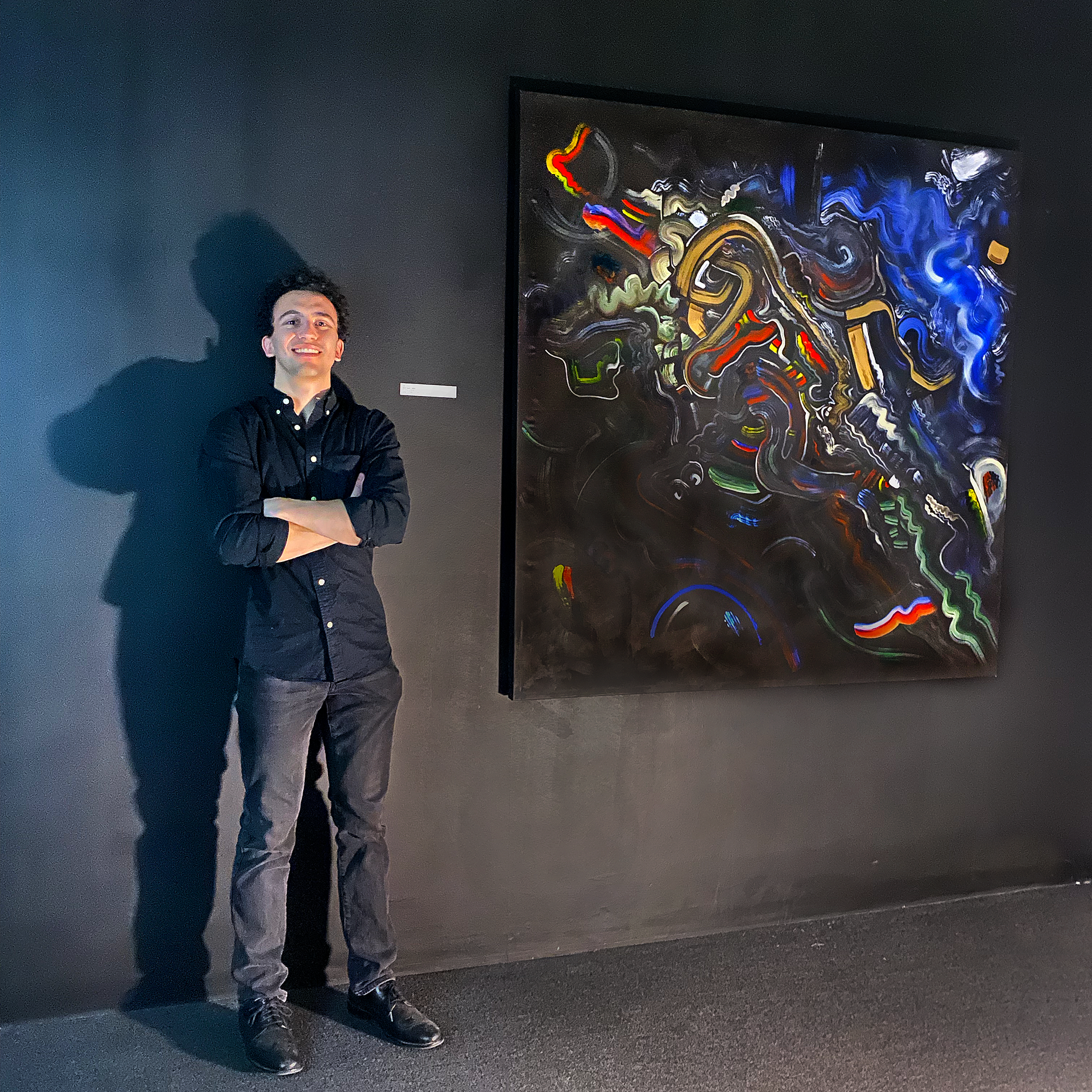

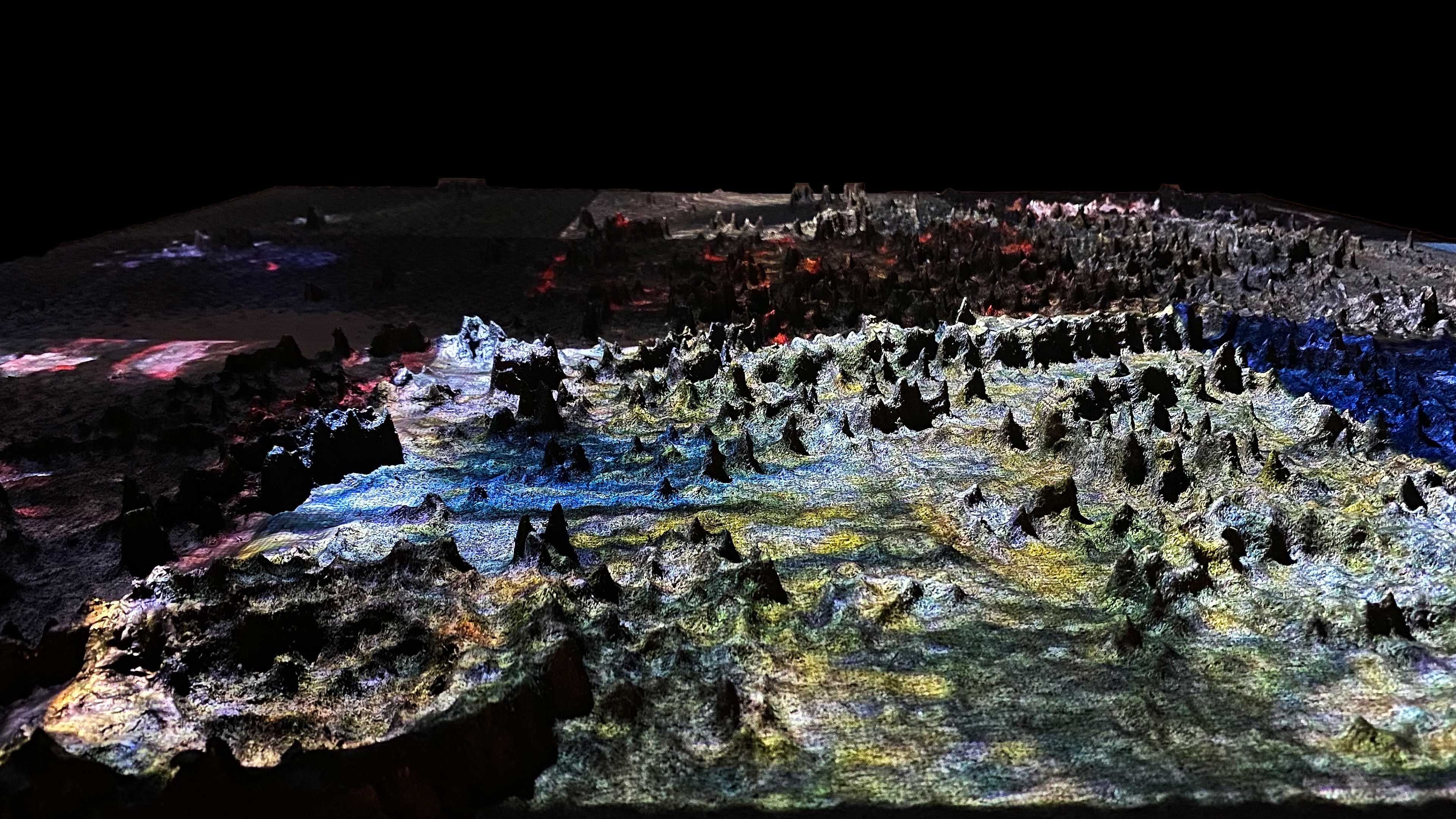
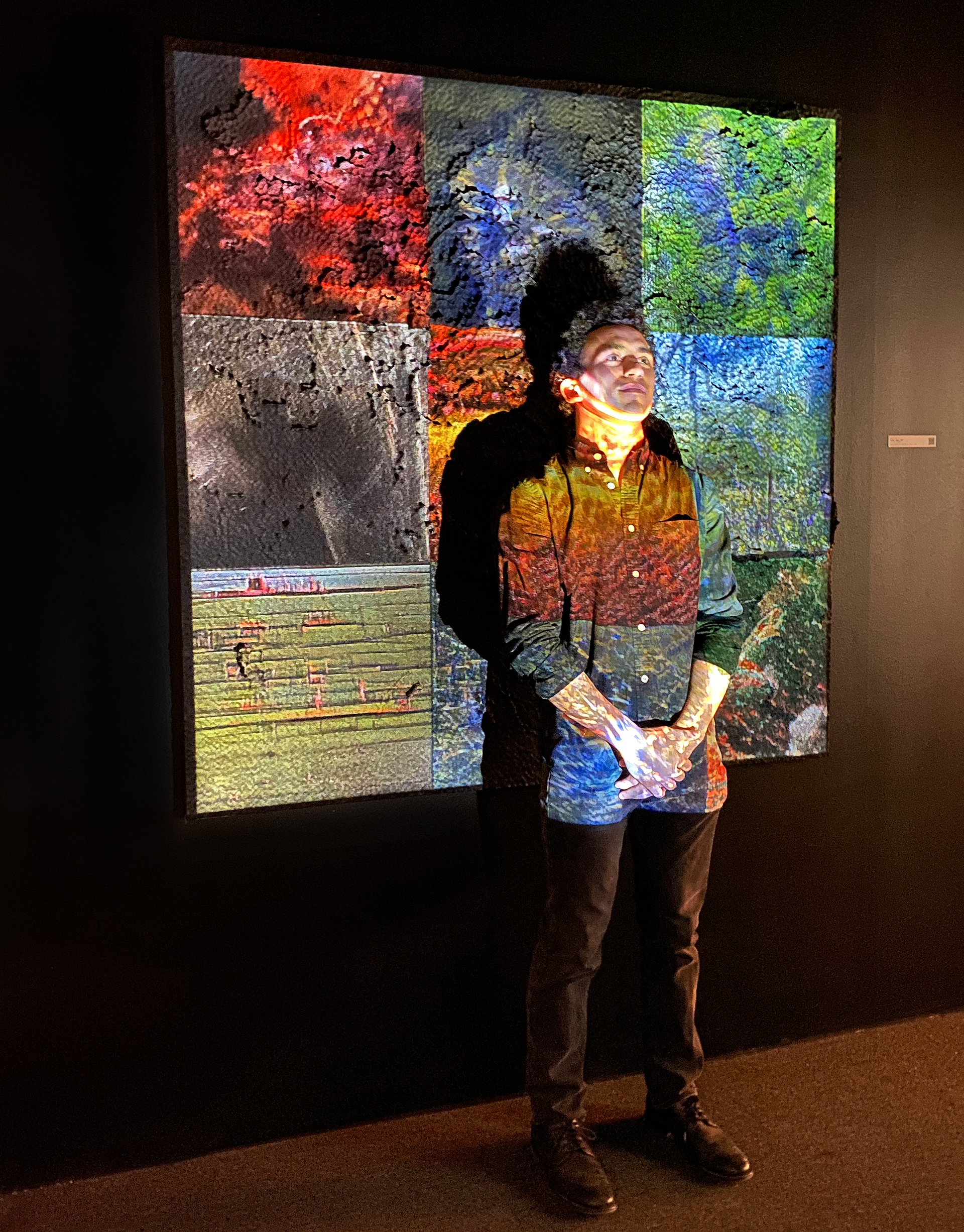
Ground Truth
2021
Projection, Spray Paint and Plaster on Foam Board
~4’ x 4’ x 6’
Created in collaboration with Guy Gaziv, a Postdoctoral Fellow in Computer Science at Weizmann Institute of Science. View Guy's study.
fMRI image reconstruction studies are attempts to empirically represent our most personal experiences: mental perception and representation. After observing a representational, “ground truth” image in an fMRI machine, participants' neural signals are linked to the image. An artificial neural network compares these image-signal links with images that only have semantic labels, seeking common features in both categories. Its output resembles a rough visual vocabulary of the mind.
The imagery of this piece comes from stock photographs of animals and reconstructed imagery based on measuring neural signals from different parts of the visual cortex. By modeling a physical terrain from these visions, I aim to manifest a conceptual, future environment of the mind that maps to its perceptual rhythm.
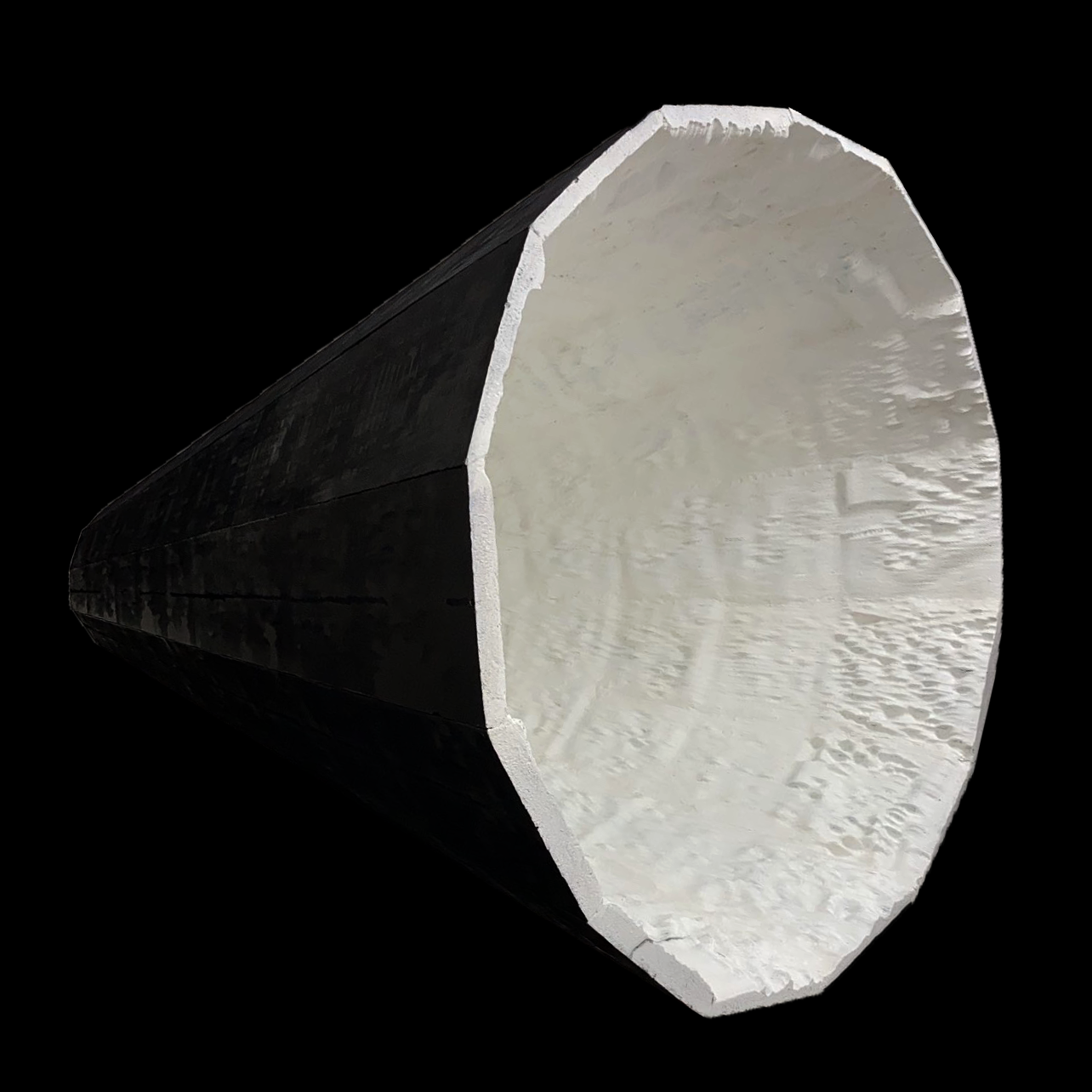
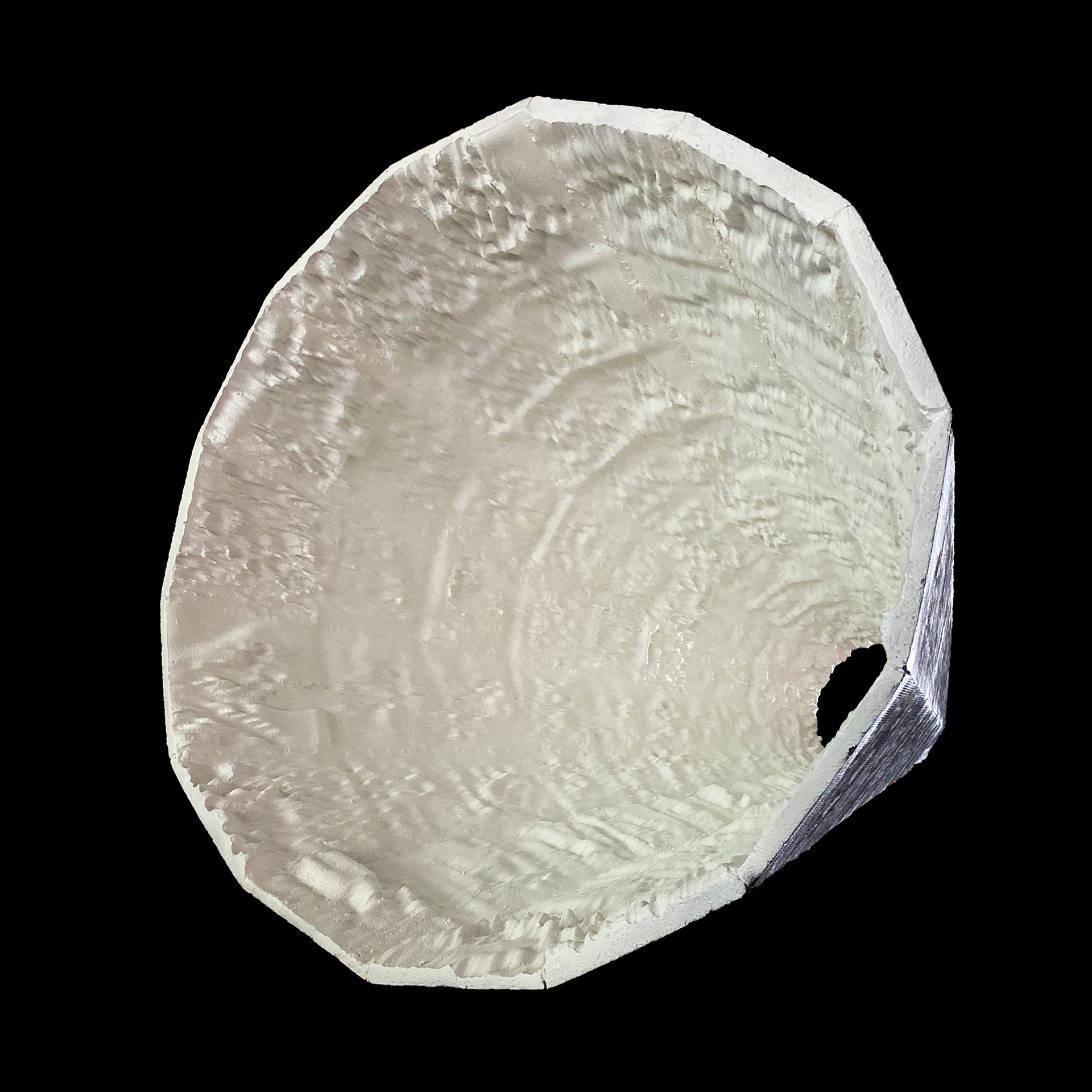

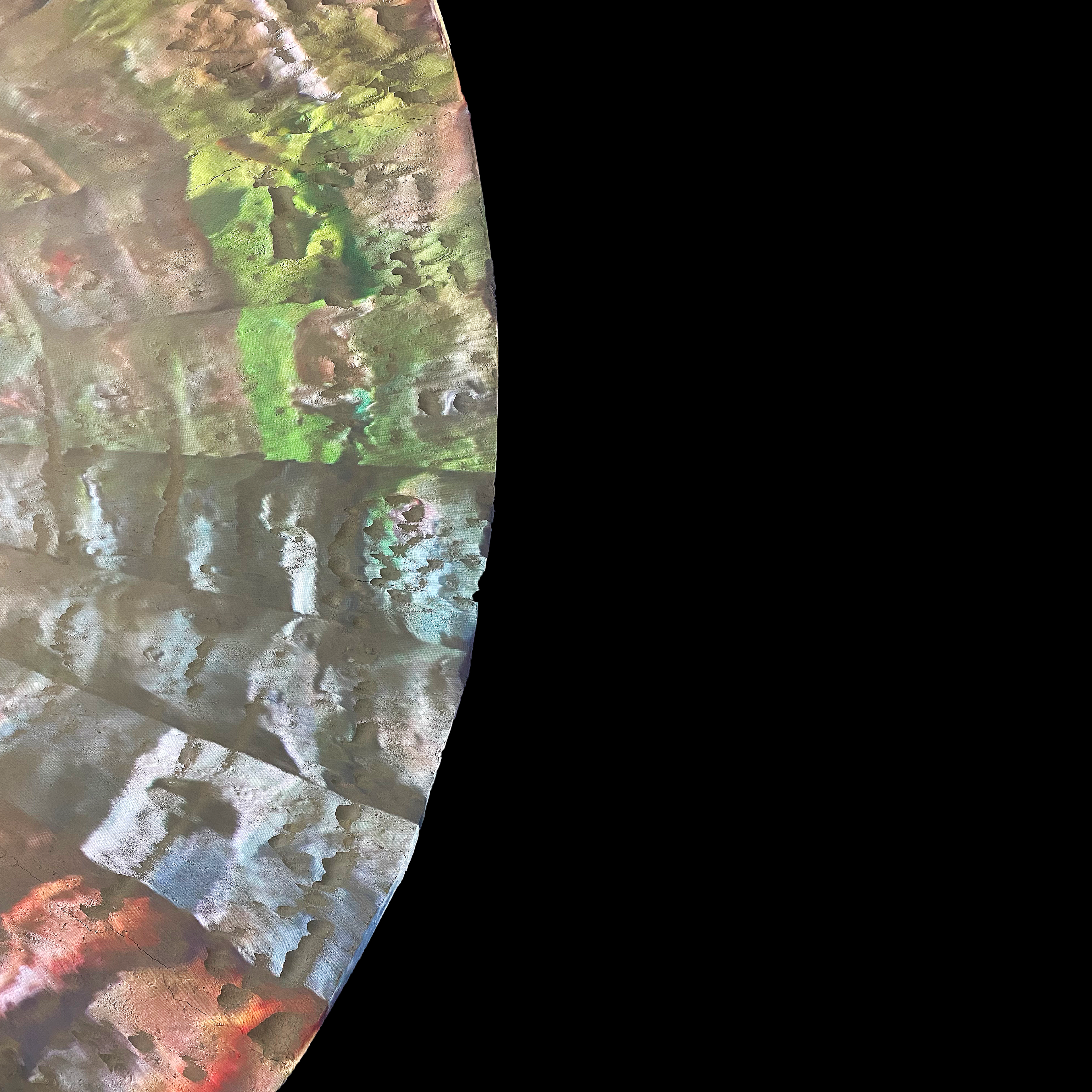
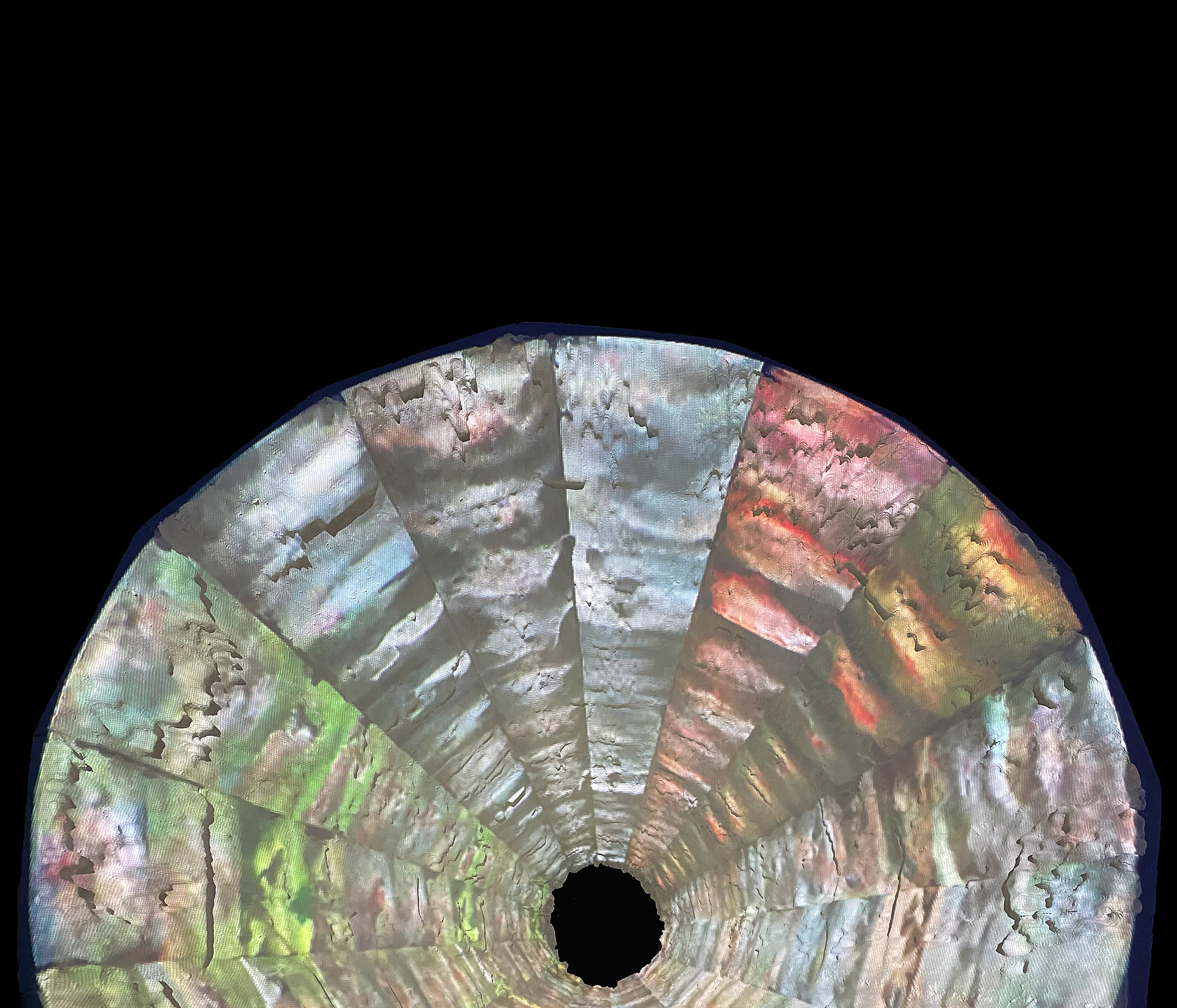
Eigengrau
2020
Spray Paint and Plaster on Foam; Wire, Stepstool
3’ x 3’ x 4’
When we shut our eyes to sleep at night, we see “eigengrau,” a German word signifying the “intrinsic grey" of this vision. Faced with sensory deprivation, our visual system prioritizes contrast over correct color perception. It is out of this condition that our best ideas emerge and our dreams condensate, from a subtly swirling peripheral space of phosphenes and subconscious flotsam.
I started with the idea of building a curved, black painting, but realized that I wanted to have viewers experience the phenomenon of my work rather than convey it indirectly. The egg form, filling the observer’s periphery, is meant to elicit eigengrau upon entering with closed eyes.
Eigengrau serves as a springboard of uncertainty in preceding my other work, a metaphor for the procession of something from nothing.
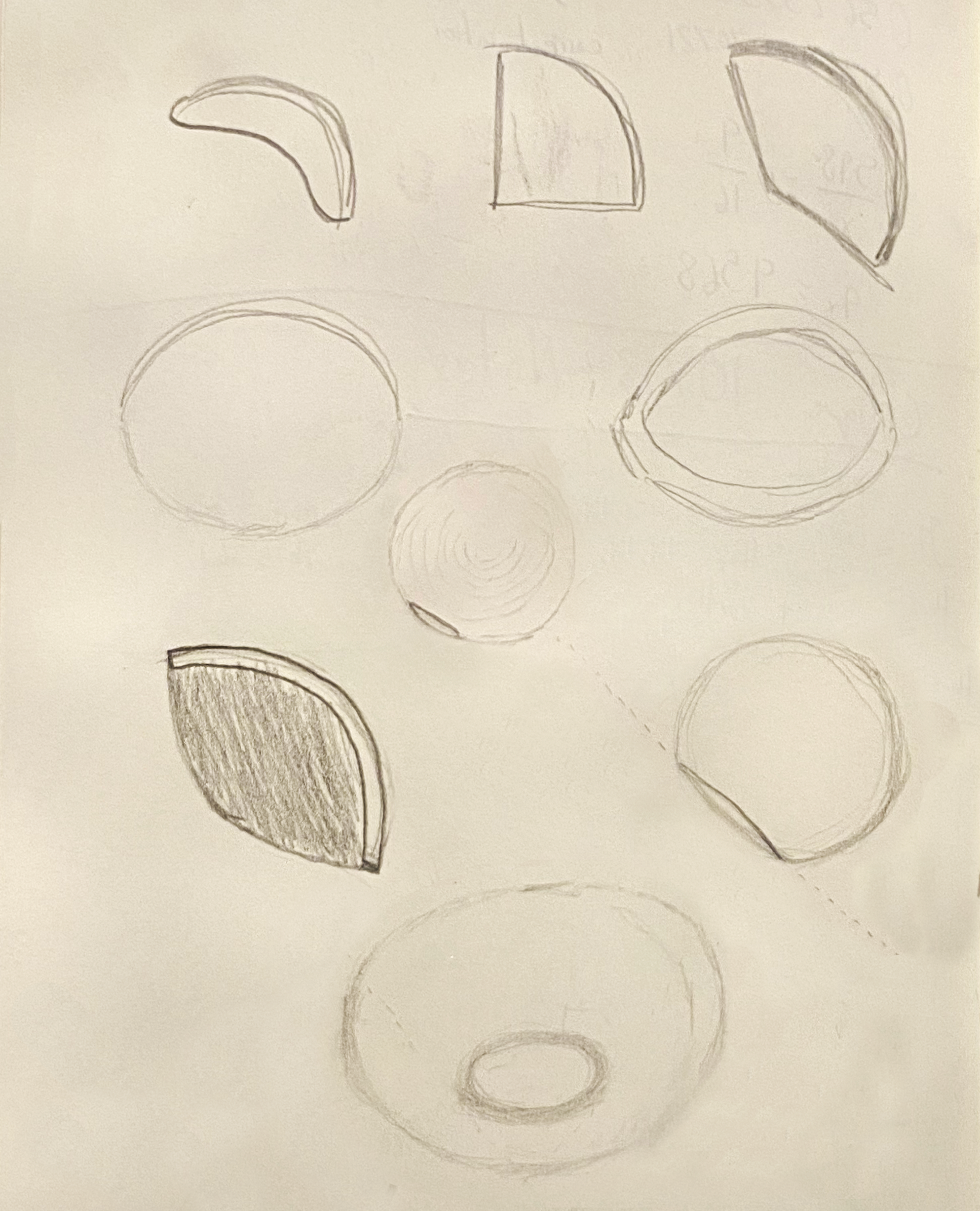
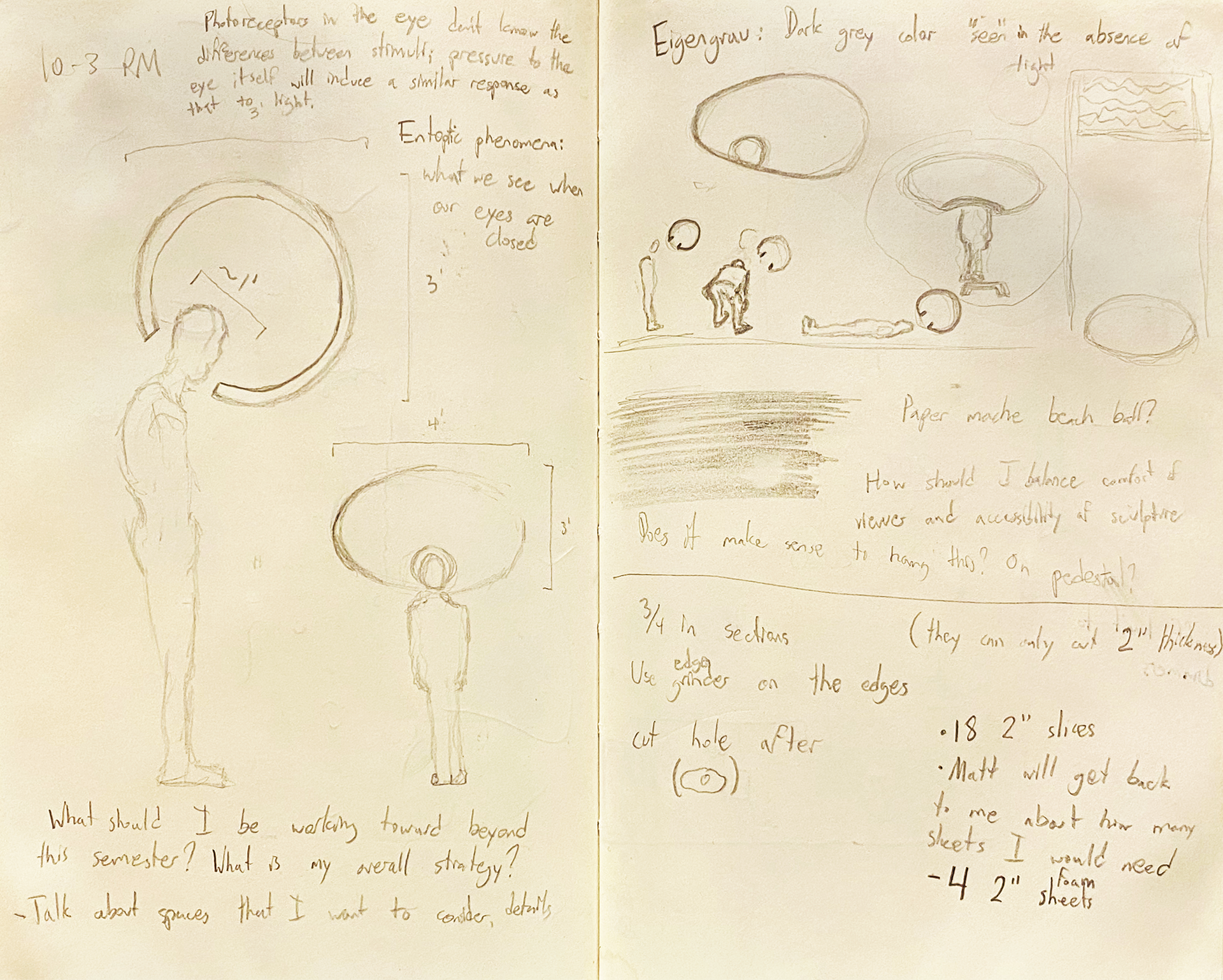
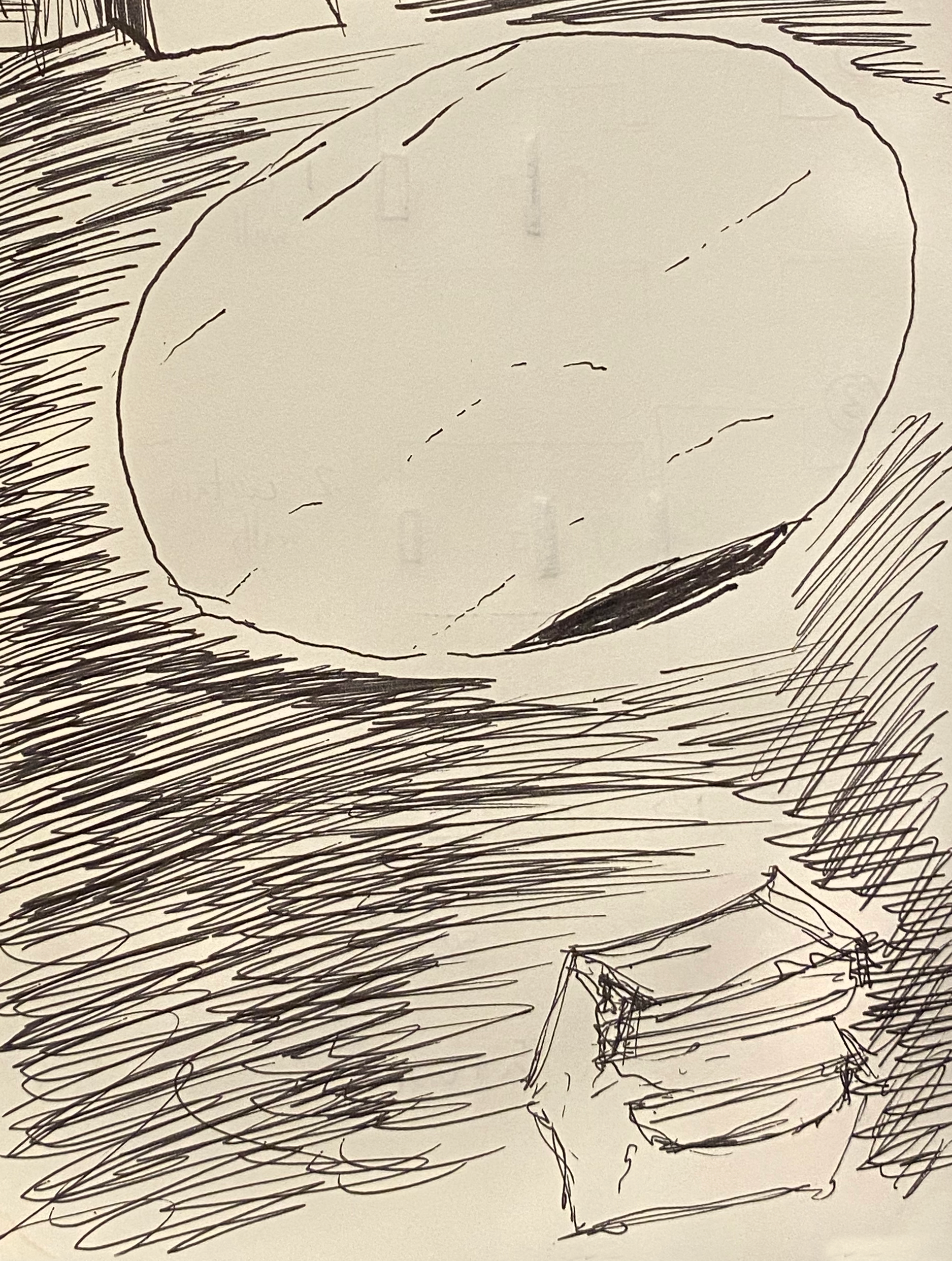
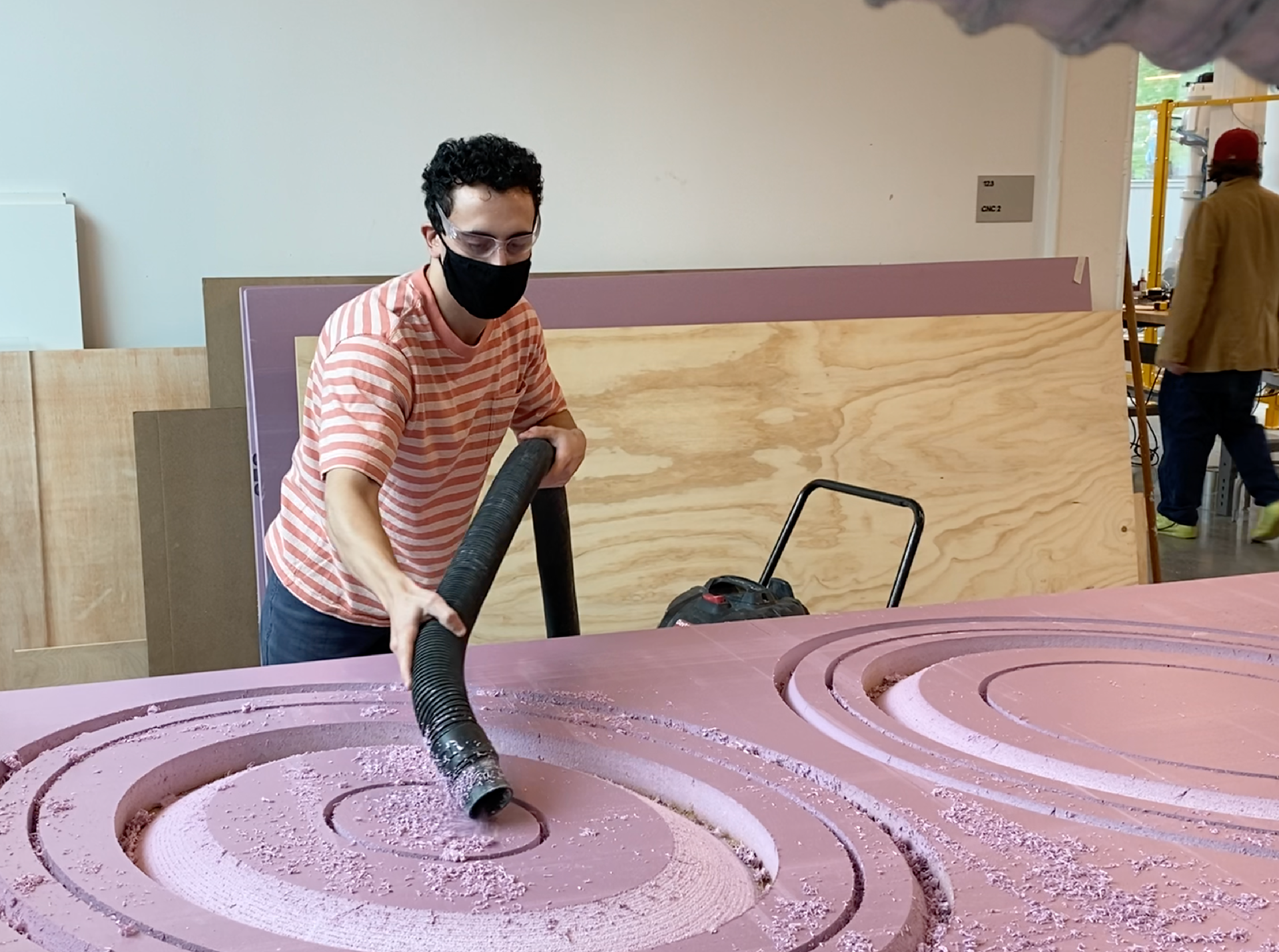
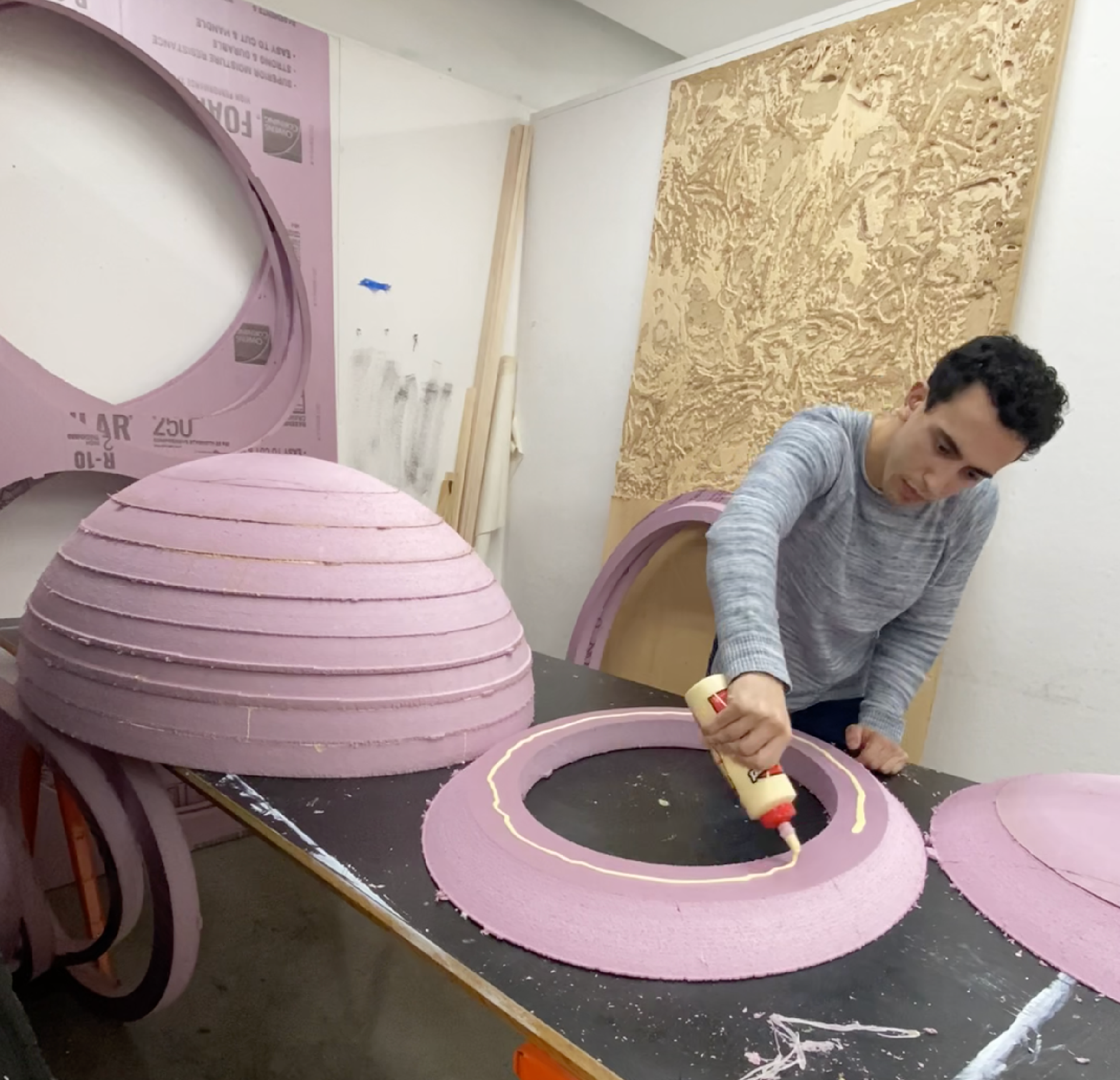
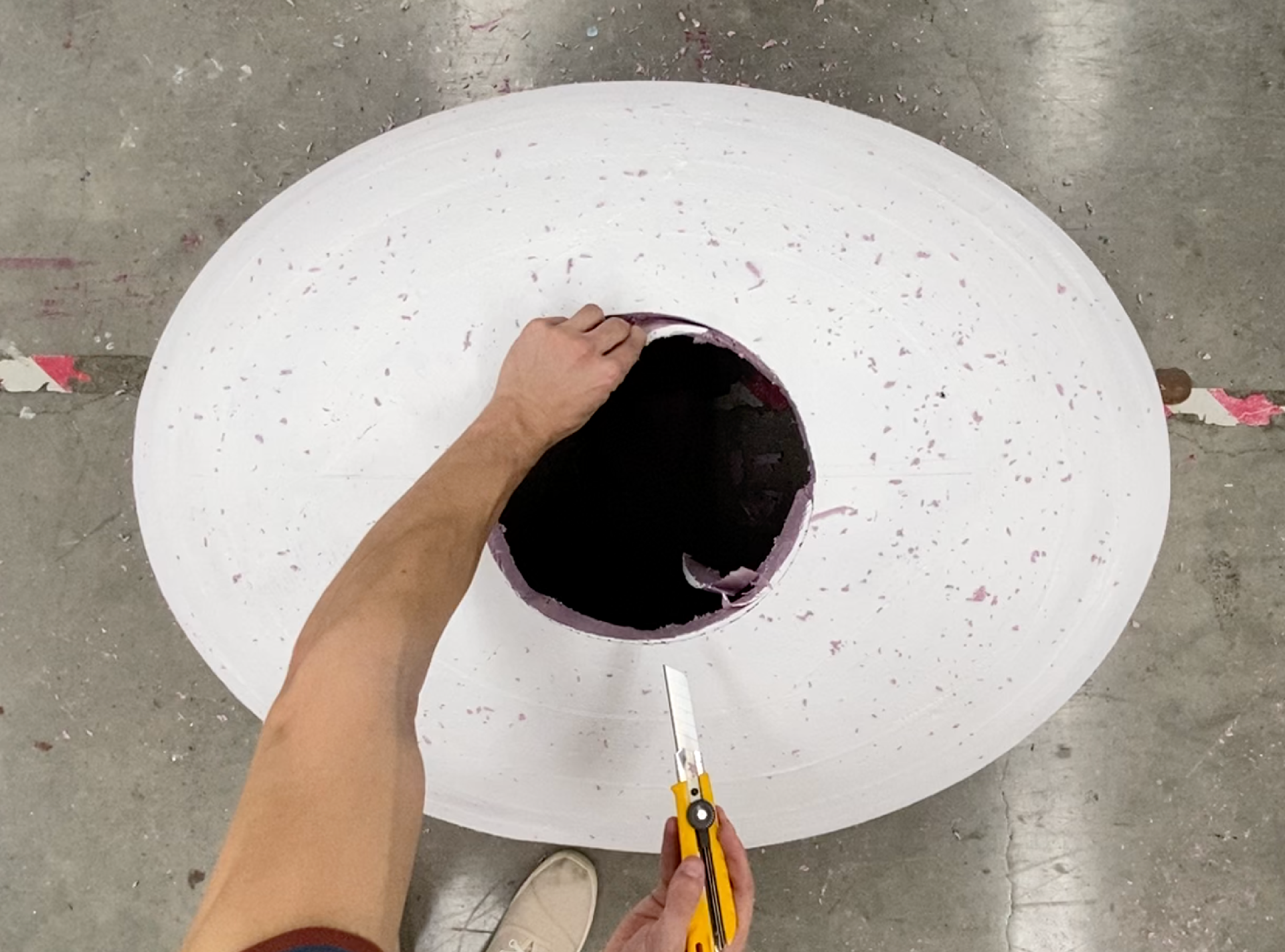
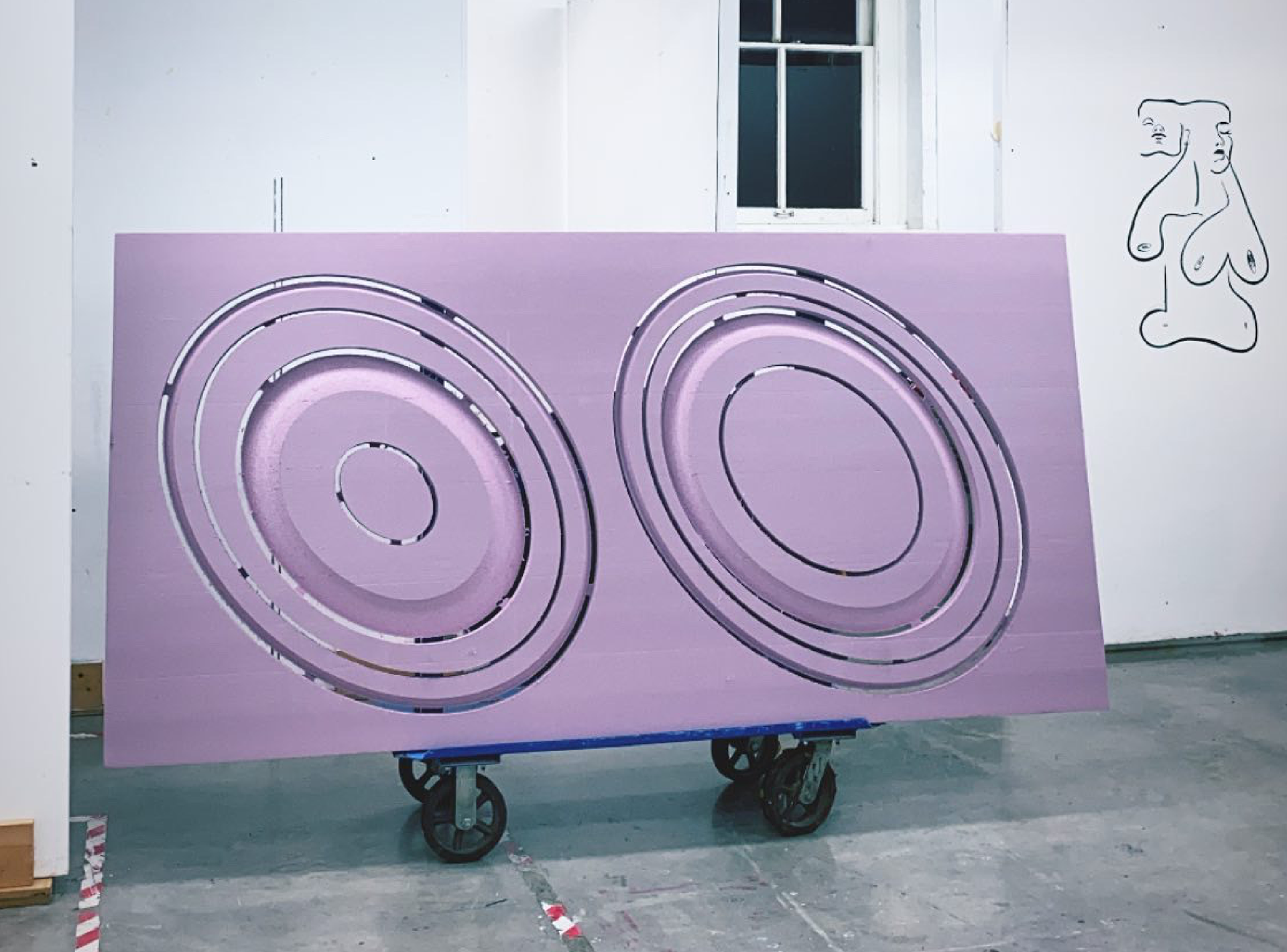
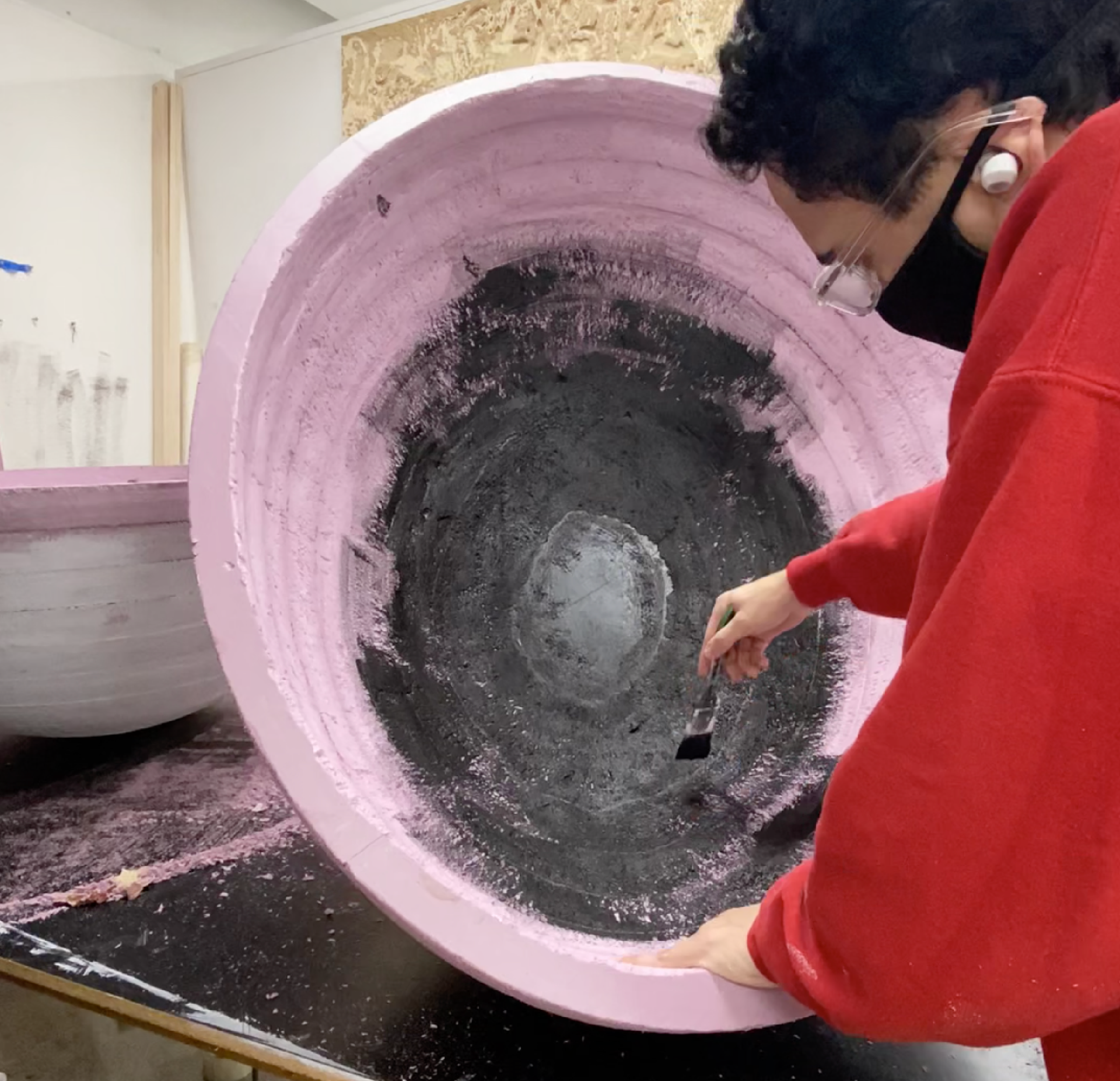

Full Circle
2020
Spray Painted Galvanized Steel Pipe, Projection on Wood
~6' x 4' x 12'
At the outset, I was interested in translating pareidolic interpretations of image into physical environments. We evolved pareidolia to find patterns in our surroundings, a process that also occurs with convolutional neural networks (CNN), programs that create interpretative images based on the look of the input.
Uniting human and computer visions, I used a CNN to produce a video projection from process shots of an original, pareidolically inspired painting. This projection was matched with a physical texture generated from the first painting image.
Full Circle conceptualizes a future where technology enables immediate, physical expression of thought. How might these first thoughts produce something entirely alien, but also expose deeper empirical qualities of our metaphysical processes?
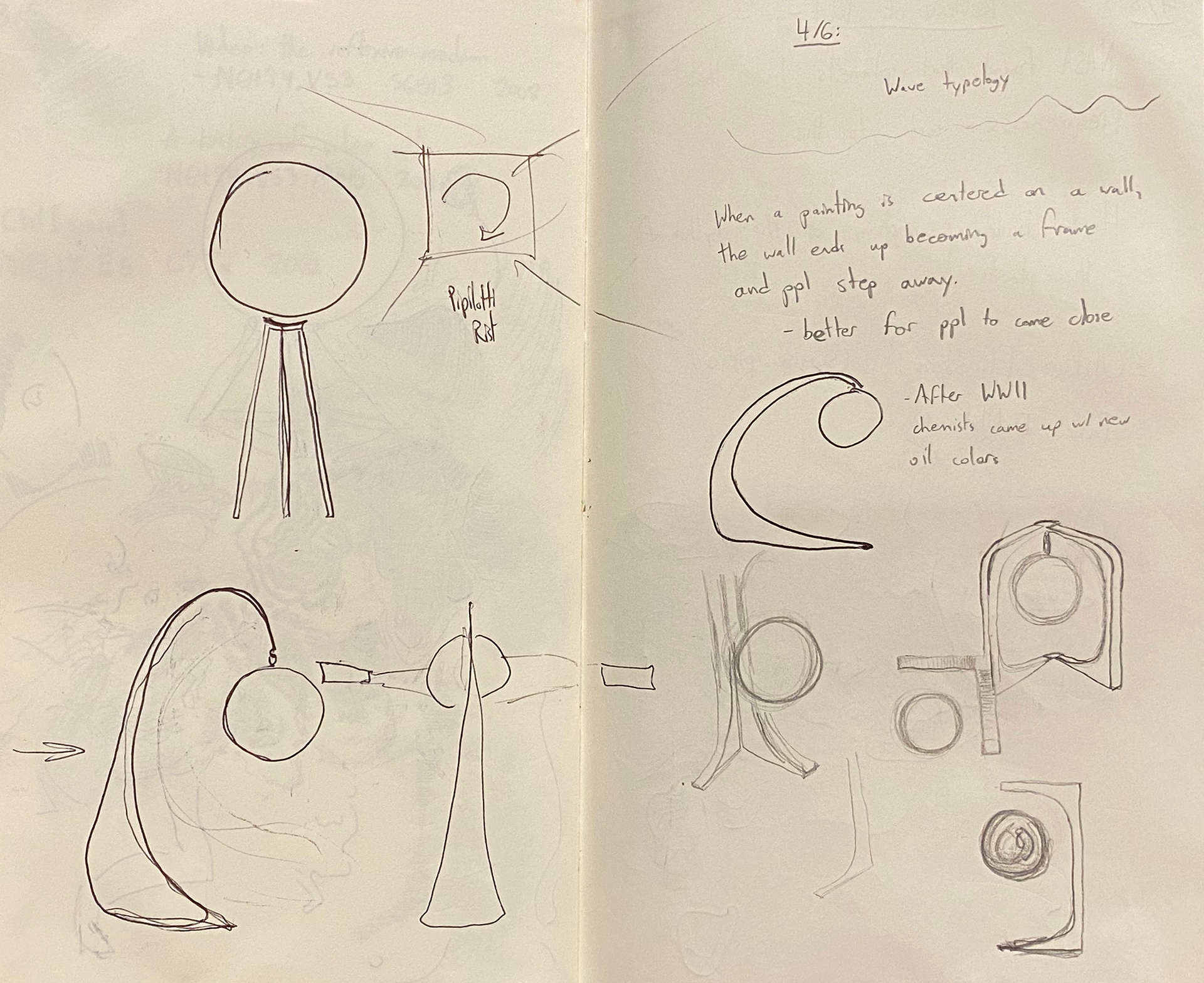
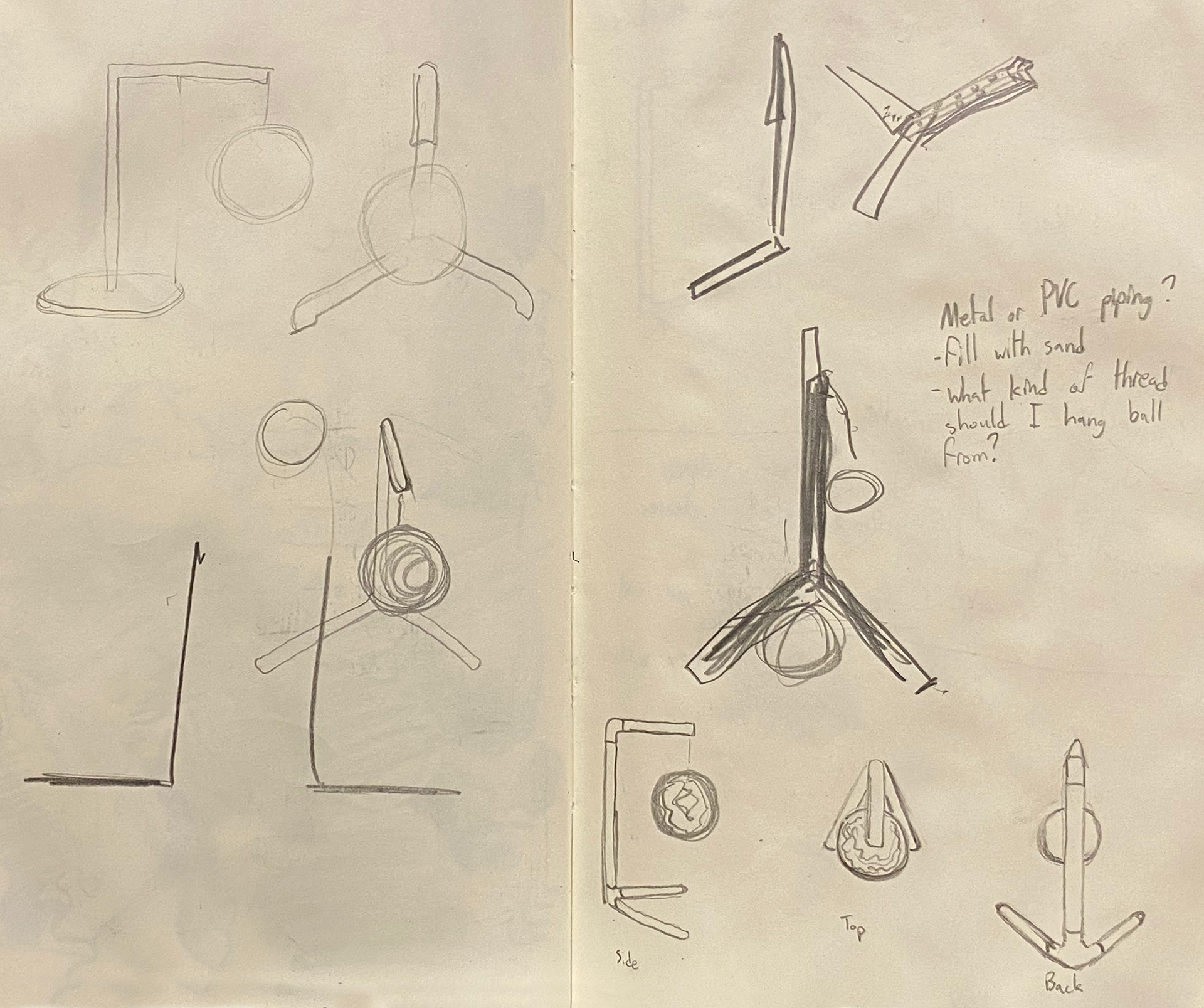
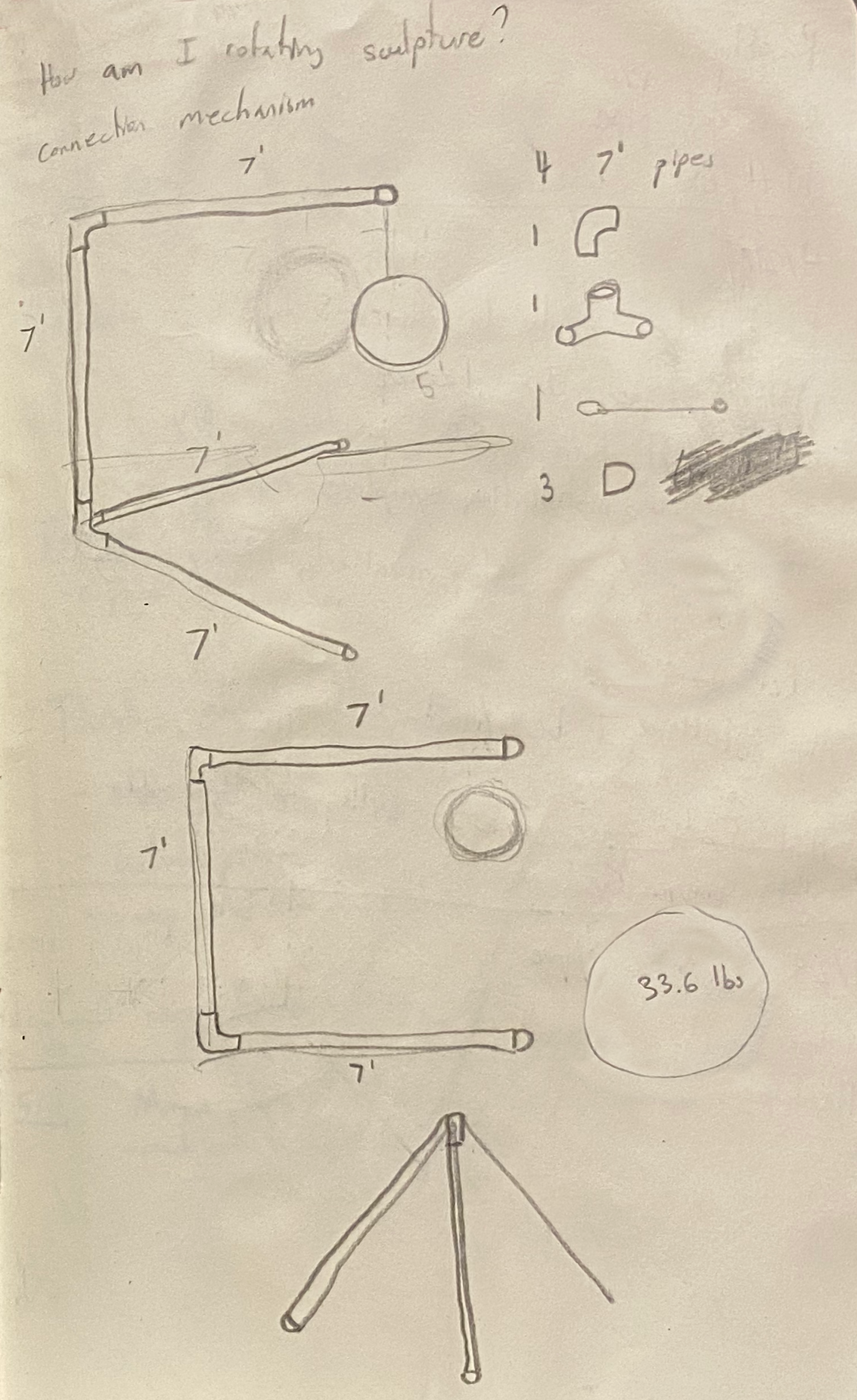
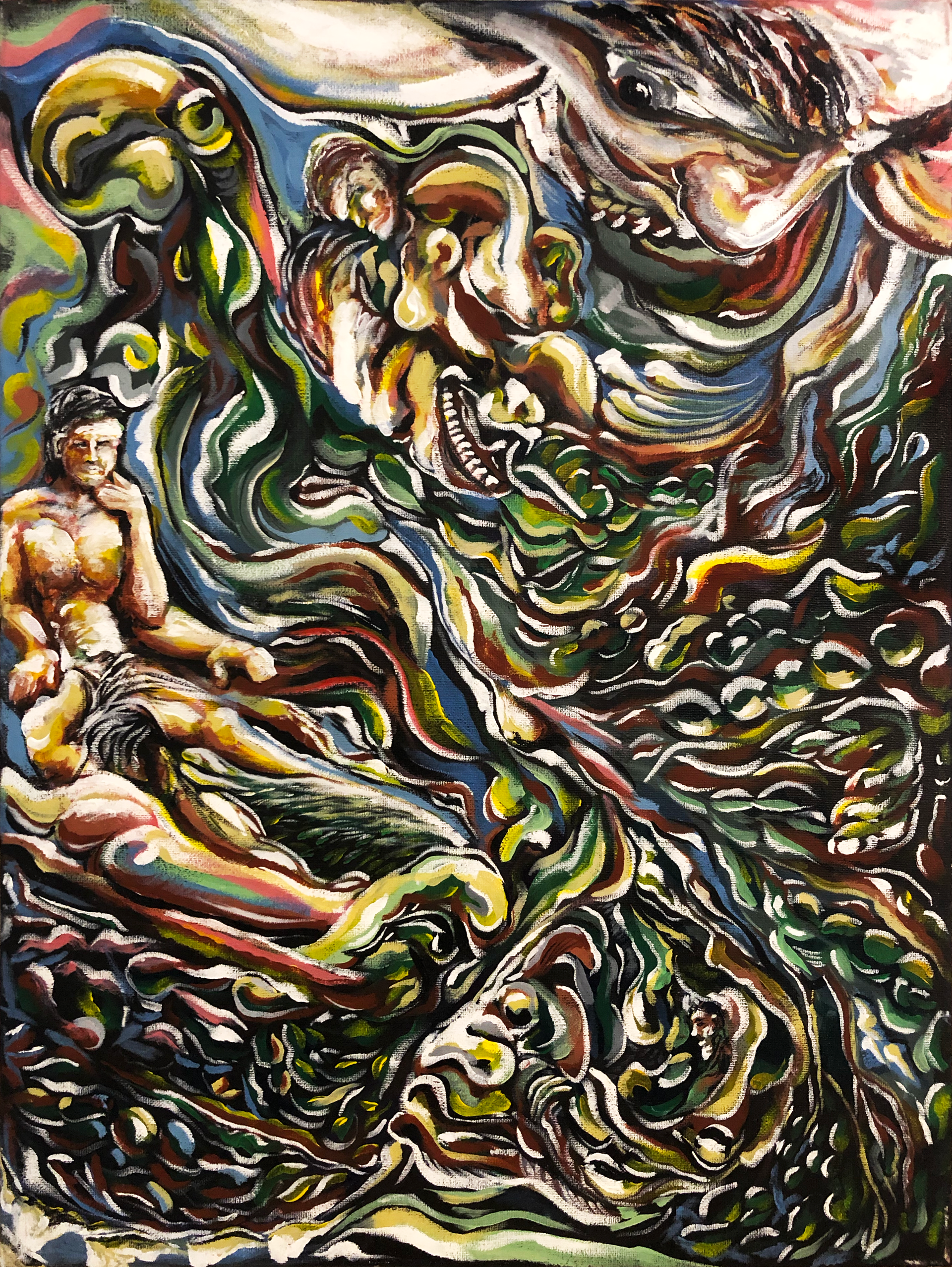
Original Painting — “Is This Not Happy?!” — Acrylic Paint on Canvas, 24” x 18”
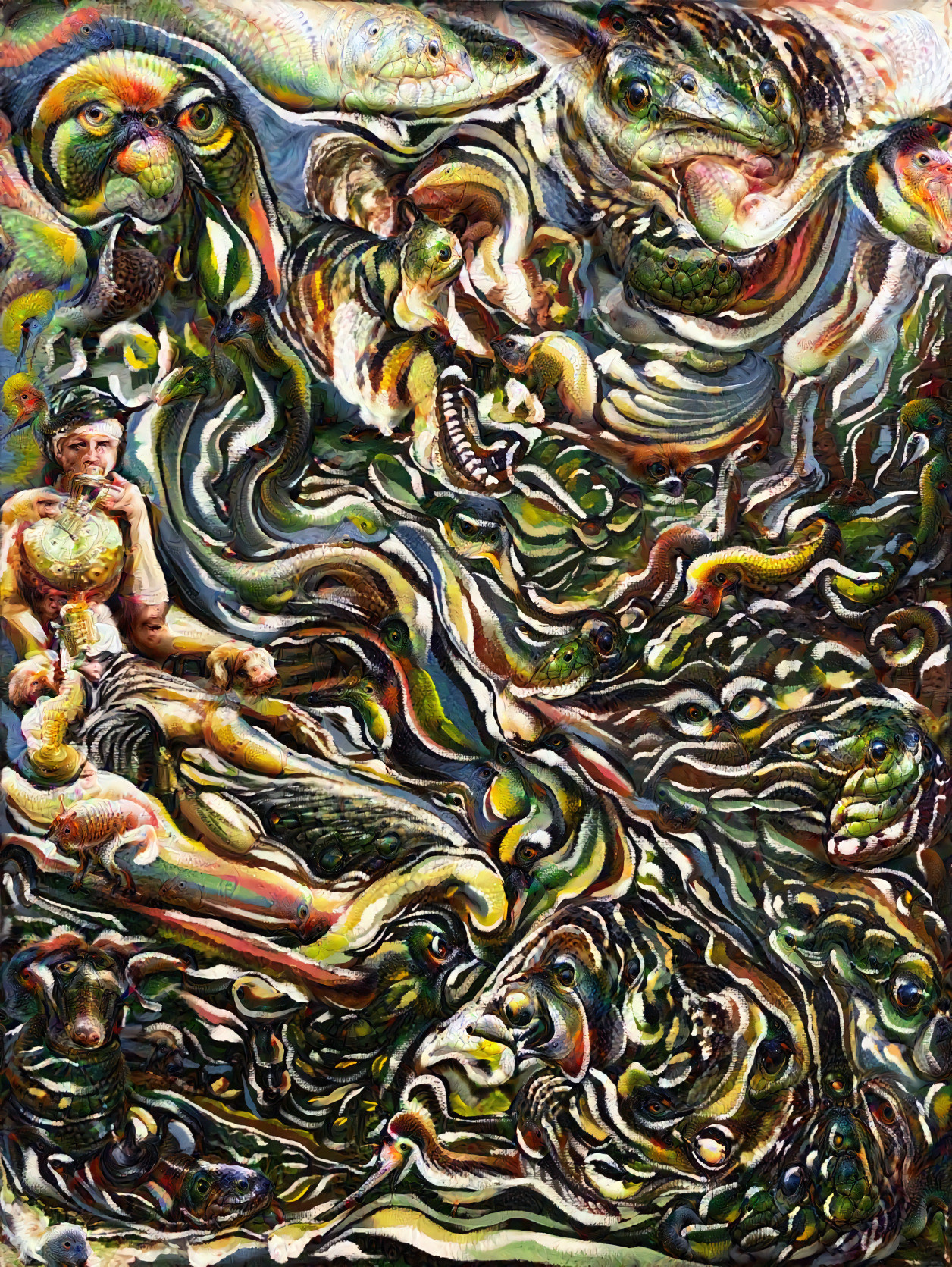
CNN Composite Image
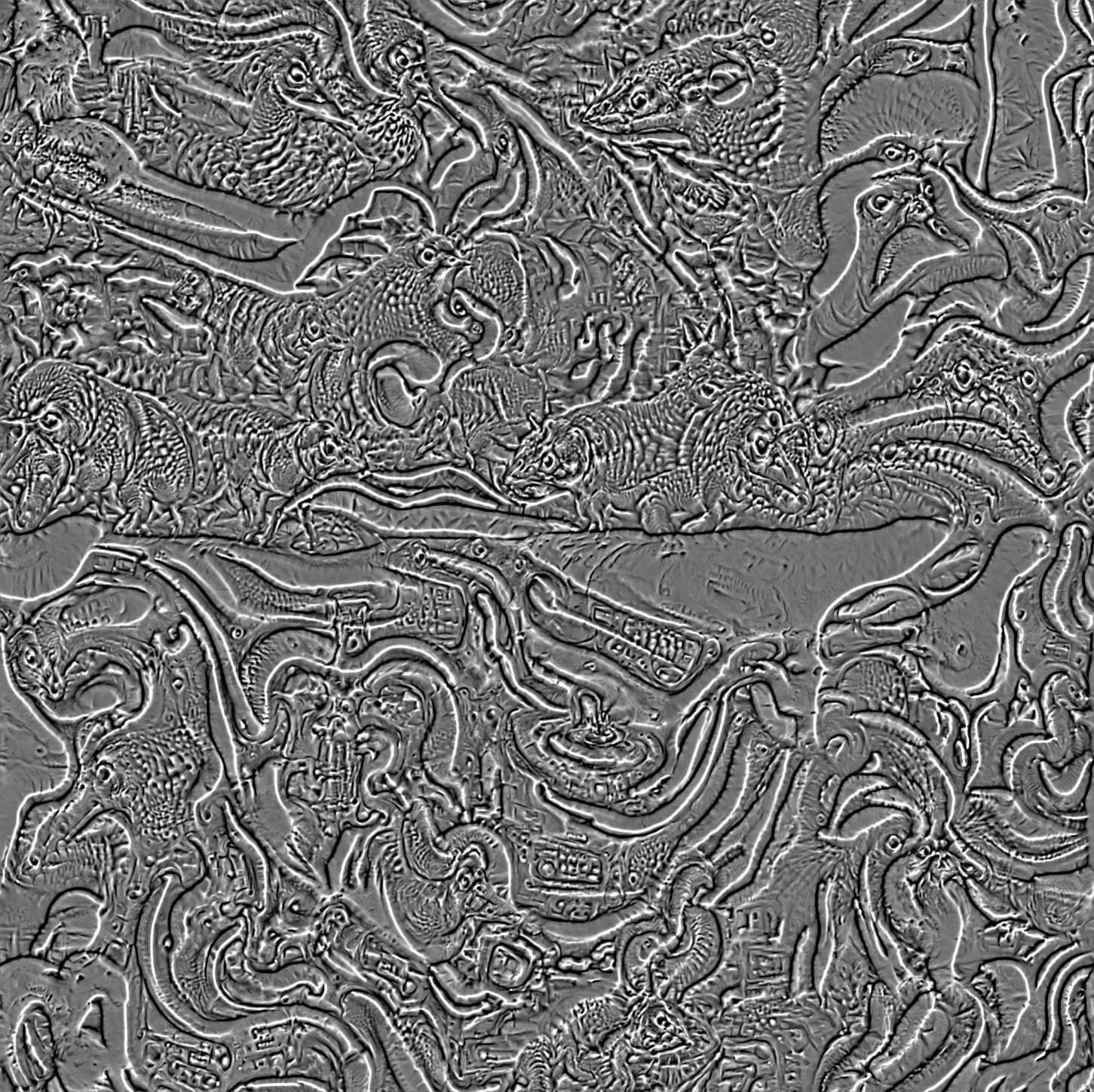
Repeating Texture Derived from CNN Composite
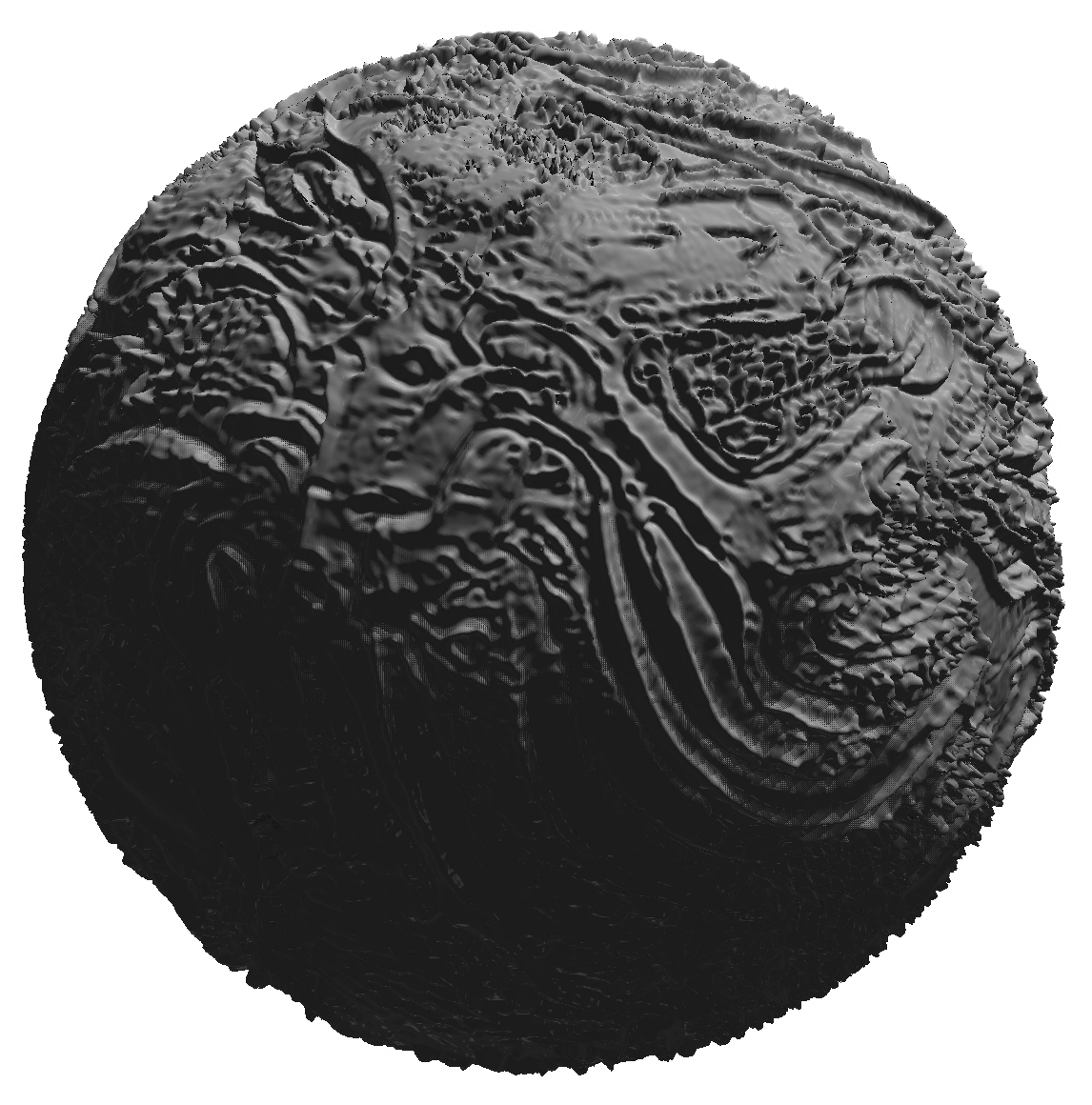
3D Model
Garbage In, Garbage Out
2020
Projection, Spray Painted Foam and Wood
7’ x 1’ 4.5” x 4’
I began this work by surveying participants to search for objects in one of my paintings in order to train a convolutional neural network (CNN) to generate new interpretive images. The resulting visuals inform an integrated sculptural projection.
I unintentionally prompted viewers to seek the work’s most legible objects, even if they were sparsely present. Our draw to the most evident patterns in our vision leads us to perceive a world defined by tangibility. By training the CNN to find specific objects like lightbulbs, it sought and rendered lightbulb geometries where no viewer would; consequently, its view of my work became visually defined by this obsession.
When one relies on preconceptions, pursuing the ideas that grab attention fastest, nuance must break through sometimes and clear up the picture. “GIGO” is a reminder of how perceptual misconceptions manifest existential impacts when we idolize the judgement of machine visions and hastily seek technological gateways to concretize our thoughts.
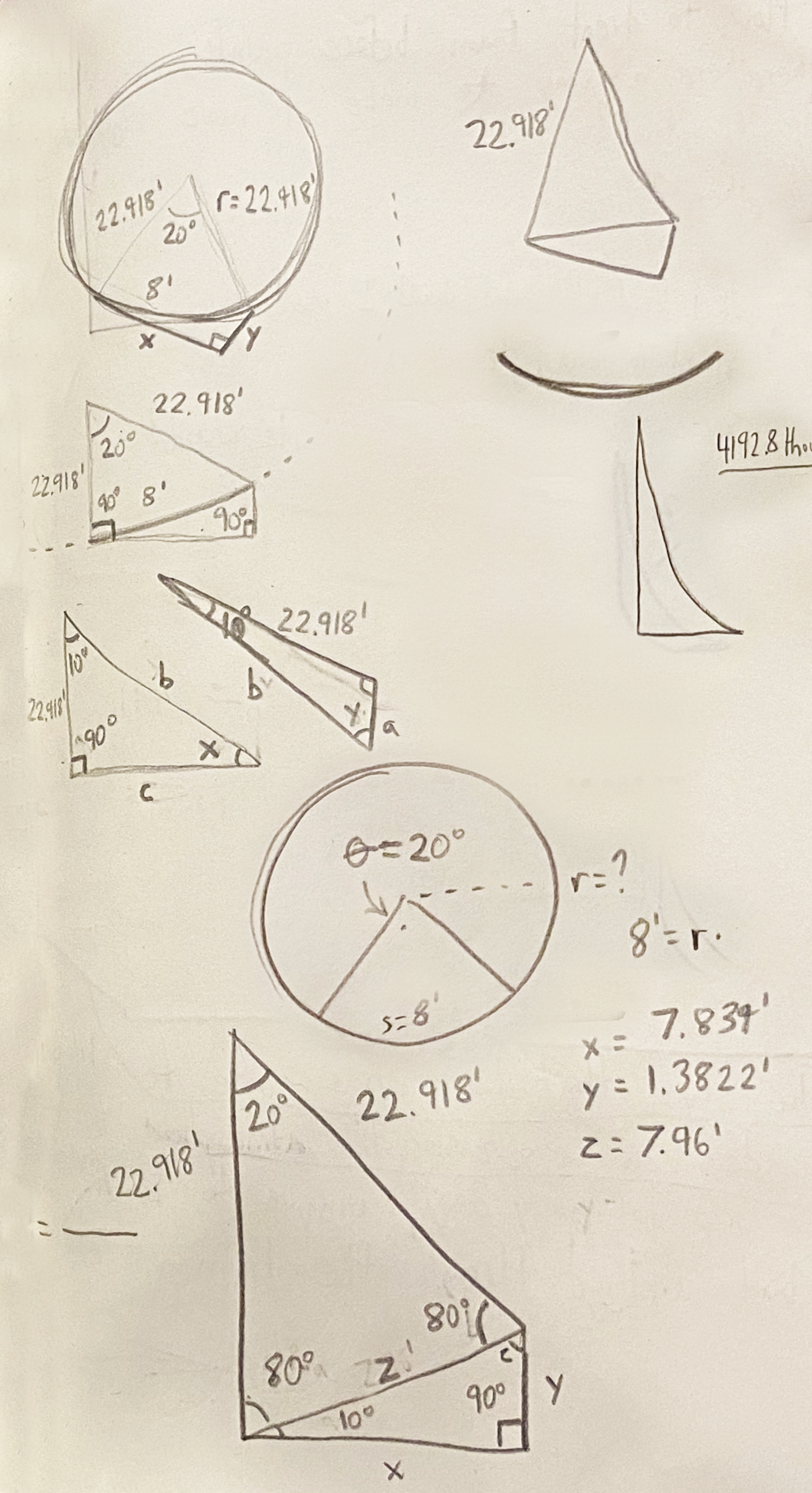
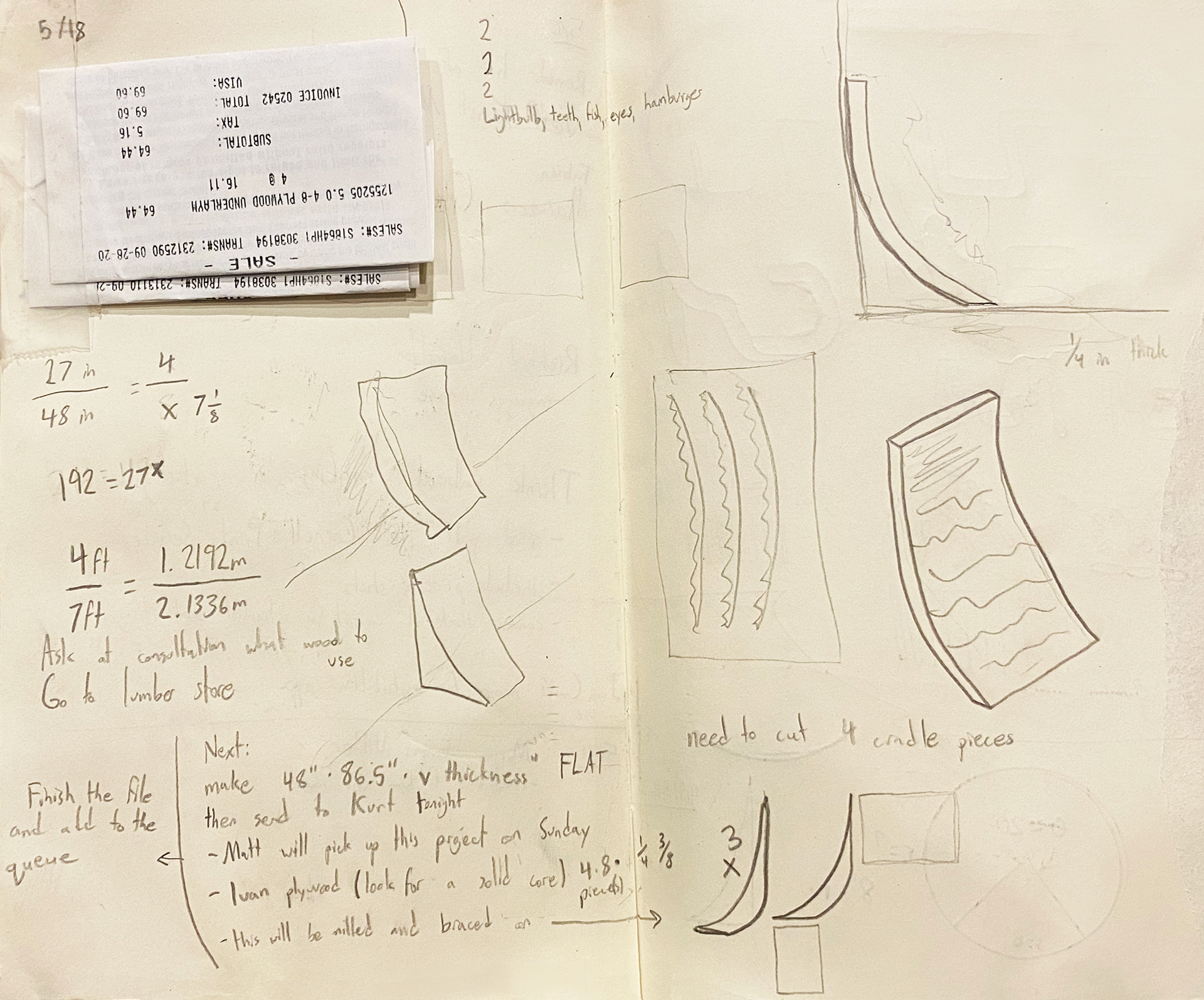
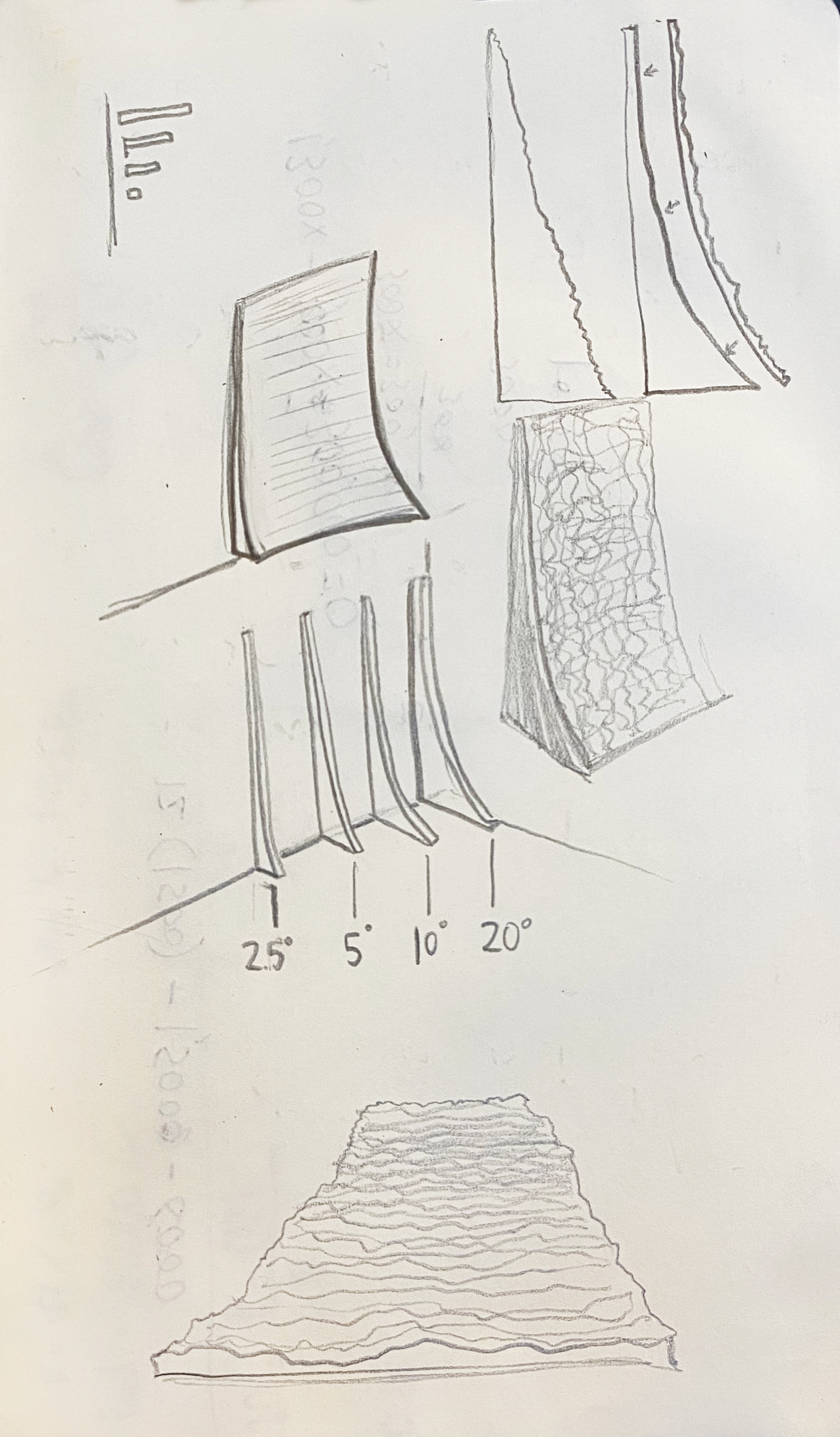
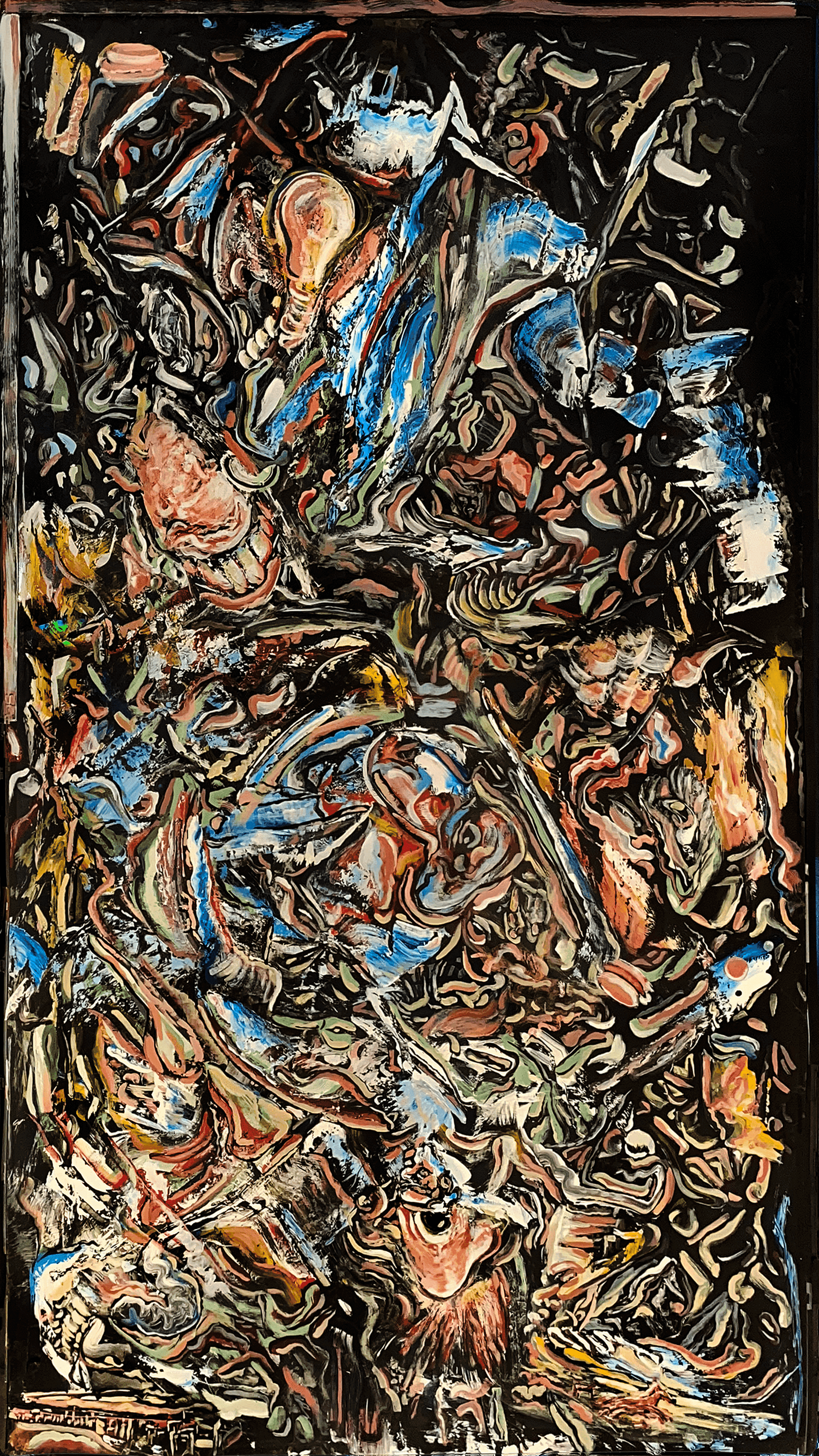
“Fleshed Out” — Acrylic Paint on Flatscreen TV, 48” x 27”
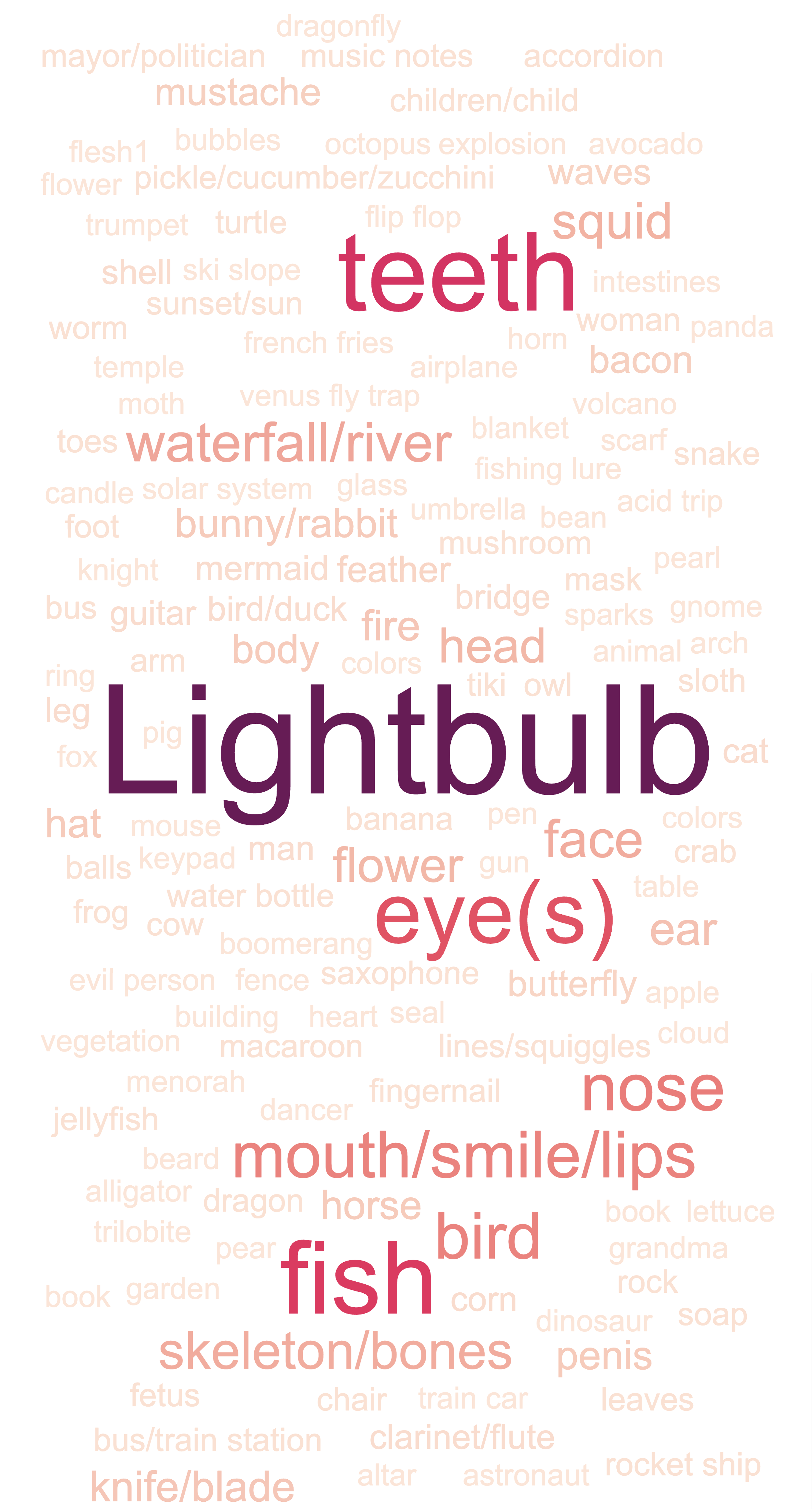
Top 10 Objects Perceived by 70 Viewers
